Sutton Poyntz Hedgerow Corridor
Sutton Poyntz Biodiversity Group created a new hedgerow to improve biodiversity in their area – encouraging more bats, butterflies & mammals.
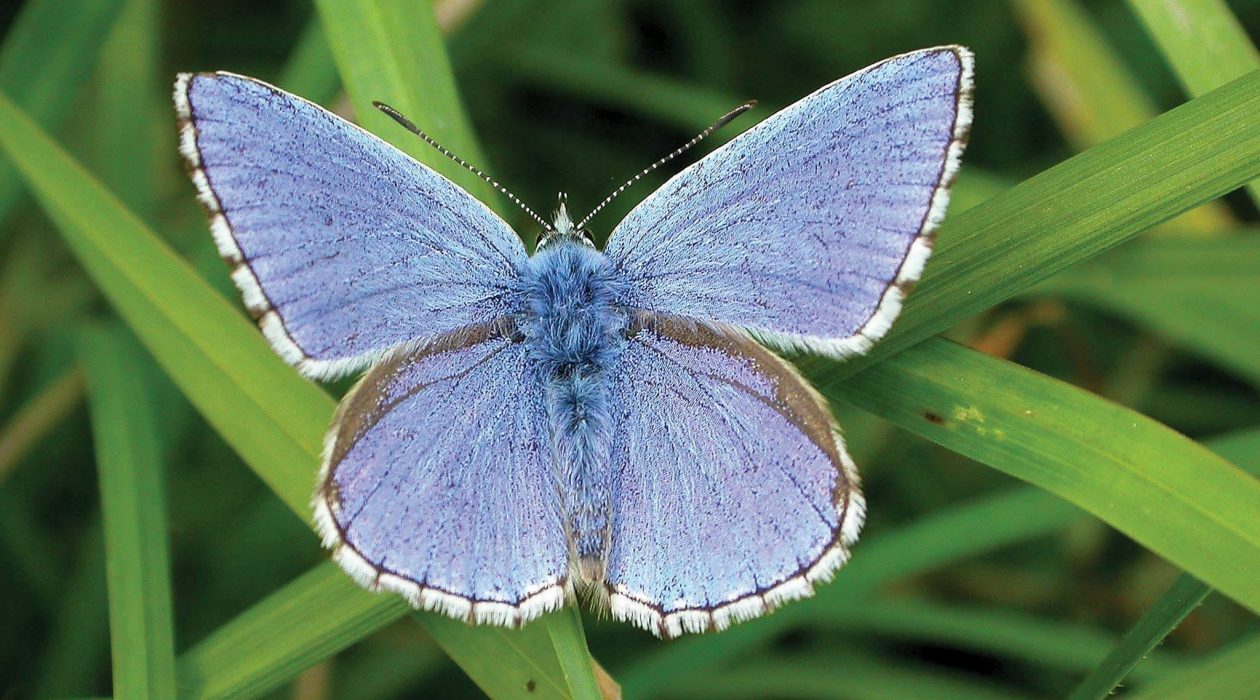
Sutton Poyntz Biodiversity Group created a new hedgerow to improve biodiversity in their area – encouraging more bats, butterflies & mammals.

The Sutton Poyntz Biodiversity Group proposed this project following discussions with the Forestry Commission, to improve the biodiversity along a 250m corridor of public footpath, bounded by a Site of Special Scientific Interest (SSSI) downland on one side and woodland on the other.
This project was awarded Sustainable Development Fund support in 2022/23 to help deliver our Management Plan Policy objective B4: ‘Local People are actively engaged in conserving and enhancing the natural beauty of the AONB, its special qualities, natural processes and ecosystem benefits’ (in particular B4a & B4b).
The group successfully applied for an SDF grant towards the cost of 1000 new trees, PPE equipment and towards the removal/replacement of the existing stock fence.
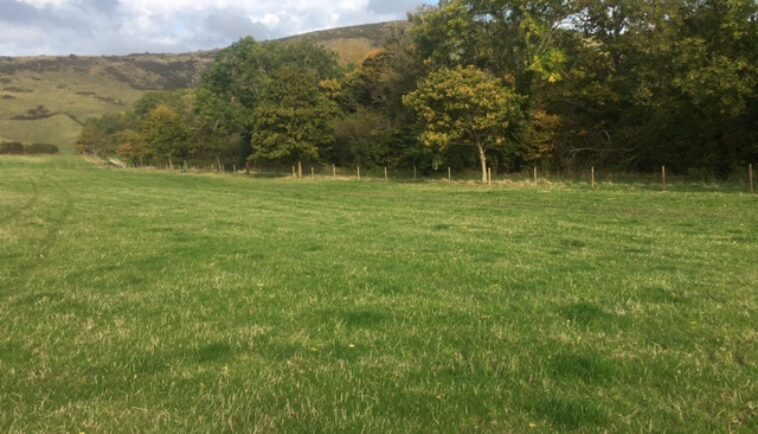
The group sourced, obtained and planted over 1400 trees, comprising a rich mixture of 14 species. This included trees from a substantial donation from the Woodland Trust. Working with the farmer a section of existing stock fencing was moved and replaced to protect the hedgerow from the sheep which graze the field and created a wider grass verge for wildlife. Much of the fencing was recycled, with only the posts needing to be replaced.
Planting was undertaken by volunteers from the Weymouth East Cub group, the Munsteys adult special needs group as well as local villagers.
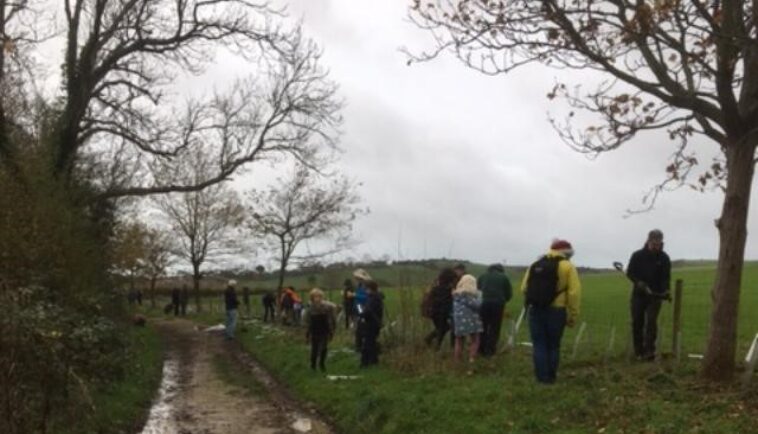
The aims of the project were successfully completed:
A new 250m, species rich hedgerow was planted, which overtime will become a sheltered wildlife corridor, a conduit for species linking to the chalkdown and local woodland.
Biodiversity will significantly increase overtime.
40 volunteers worked in different capacities committing 400 hours in total, including 30 under 18s.
The local cubs and special needs group had an enriching an enjoyable experience.
Practical skills were passed onto community groups.
A good relationship was forged with the local farmer, who is committed to on going maintaining of the hedge, supported by the local biodiversity group.
A more visually attractive avenue up to the SSSI downland has been created for walkers.
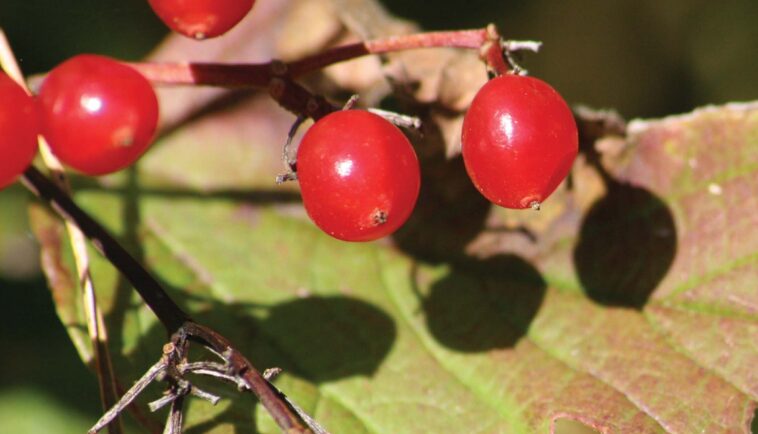
The group advise anyone thinking of carrying out a similar project to undertake detailed planning, draw up a risk assessment and buy appropriate PPE to ensure that when a group of volunteers turn up they can be safely and meaningfully occupied from the outset.
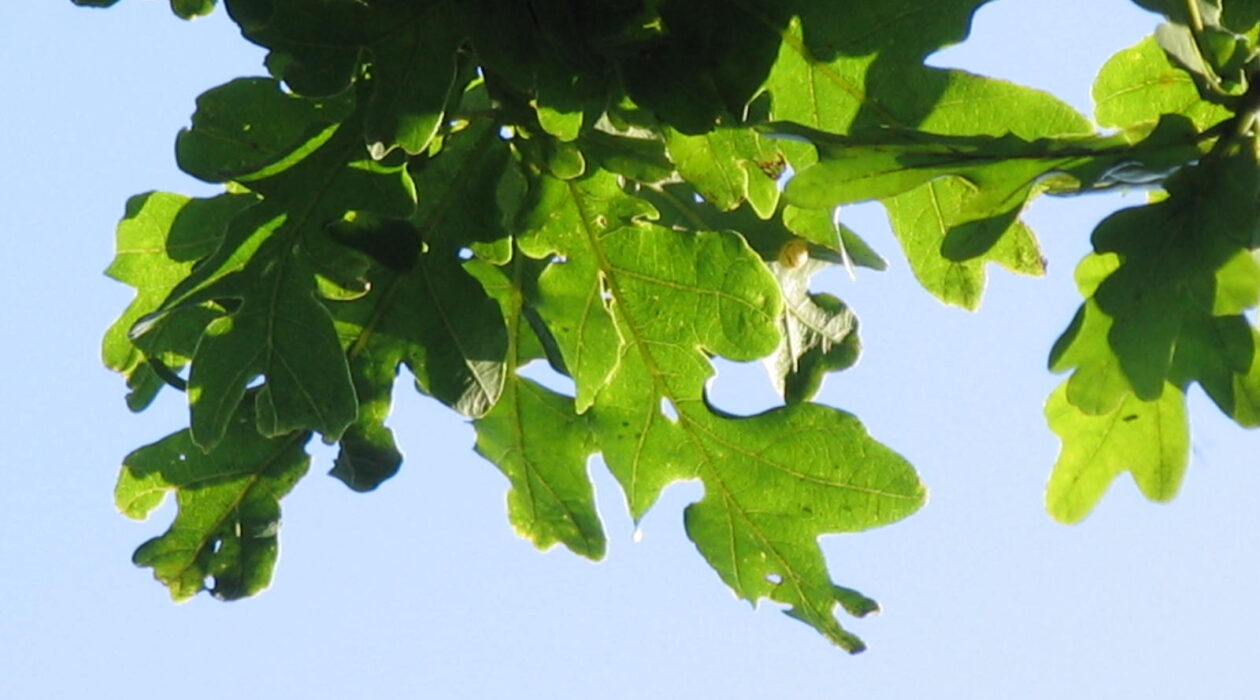
”Once established this hedgerow will form a conduit for wildlife linking to the chalk downland and the local woodland to encourage a wide range of bat species such as Greater horseshoe, Barbastrelle and Nathusius pipistrelle which have been recorded along the path. The wide verge introduced as part of the project will encourage a better connectivity for the dozen or so downland butterfly species such as Lulworth Skipper regularly recorded in the area.”
Project Manager

local funds
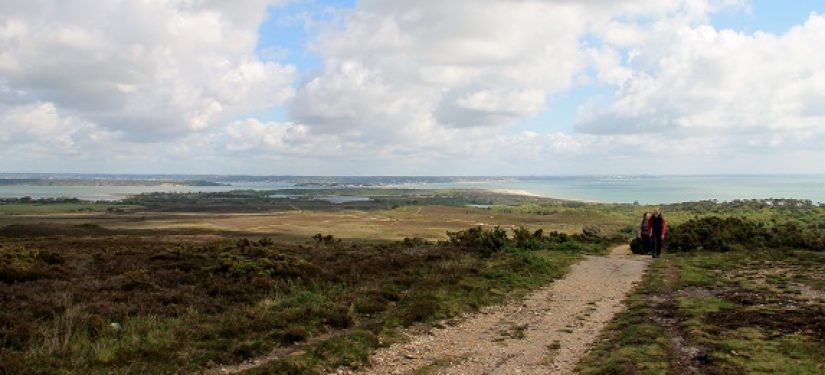
Grant funding